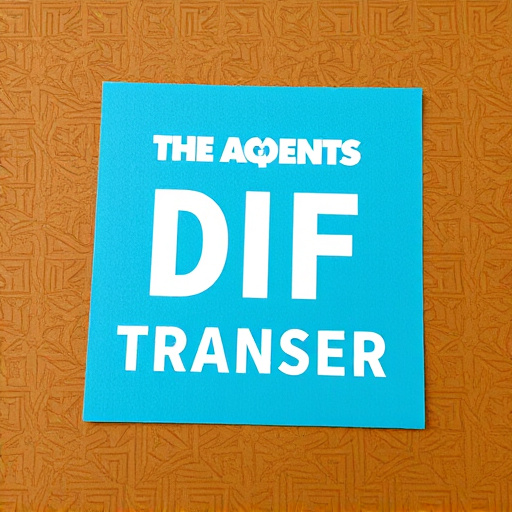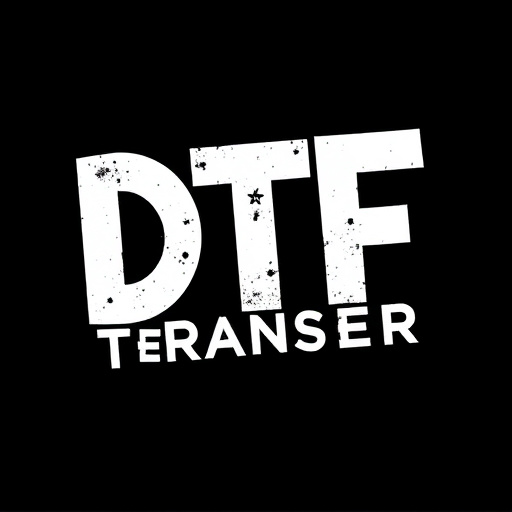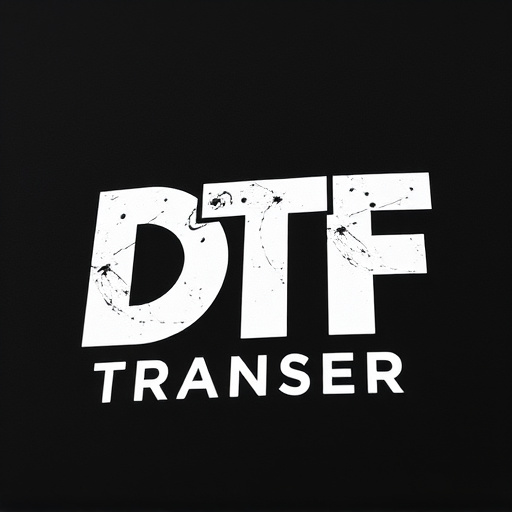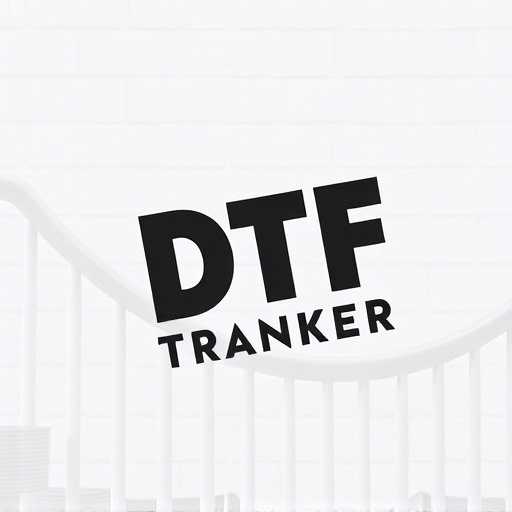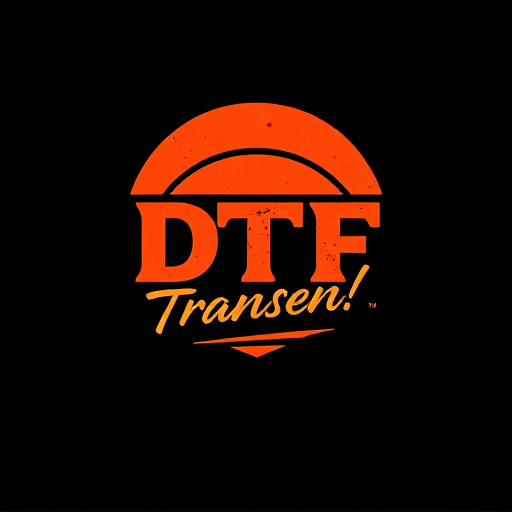Direct to Fabric (DTF) transfers revolutionize garment printing with their cutting-edge technology, offering efficient and vibrant printing on light-colored fabrics. This method provides durable, wash-resistant prints with fine details and rich colors, suitable for custom apparel and merchandise. DTF Printing streamlines production, offers versatility across fabric types, and addresses the challenge of uneven ink absorption common with light-colored garments. Optimizing transfers requires understanding fabric absorbency and choosing between advanced DTF methods or simpler techniques based on print quality needs. Proper preparation and surface treatment ensure superior adhesion and longevity. DTF Transfers expand creative applications beyond clothing to home decor, fostering precision and speed in bringing designs to life. The future of DTF Printing looks bright, with growing popularity for its sustainability and cost-effectiveness, promising improved ink formulations and enhanced material compatibility globally.
“Unleash your creativity with DTF (Direct-to-Fabric) transfers, a game-changer for designing light-colored garments. This innovative printing technique offers a myriad of advantages, from vibrant, long-lasting prints to versatile applications in fashion and home decor.
In this comprehensive guide, we’ll explore the intricacies of DTF transfers, uncovering its benefits, best practices, and future trends. From choosing the right techniques to ensuring longevity, we’ll navigate you through the process, empowering you to create stunning DTF prints.”
- Understanding DTF Transfers: A Brief Overview
- Advantages of Using DTF on Light-Colored Garments
- Choosing the Right DTF Printing Techniques for Optimal Results
- Preparation and Surface Treatment for Longevity
- Creative Applications: From Fashion to Home Decor
- Sustainability and Future Trends in DTF Printing
Understanding DTF Transfers: A Brief Overview
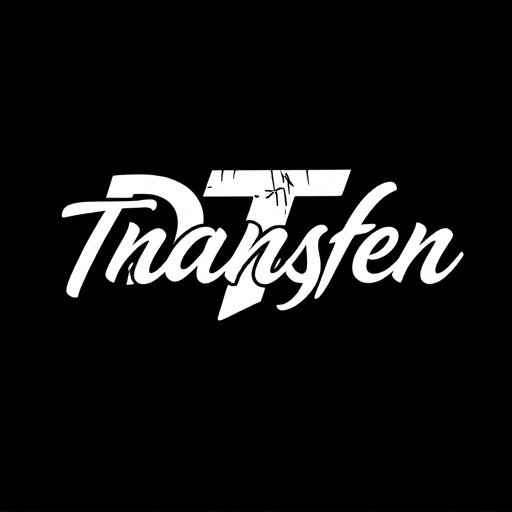
DTF (Direct to Fabric) Transfers are a cutting-edge technology revolutionizing the way we print on light-colored garment materials. Unlike traditional printing methods, DTF transfers offer a direct and efficient way to apply intricate designs with vibrant colors onto fabrics. This process involves transferring ink from a carrier sheet directly onto the fabric, resulting in crisp, durable prints that are both wash-resistant and long-lasting.
DTF Printing is particularly favored for its versatility and ability to handle complex artwork. With advancements in technology, DTF Transfers can now produce fine details, bold outlines, and rich colors, making them suitable for a wide range of applications, from custom apparel to promotional merchandise. This method ensures that the final prints on light-colored garments remain vibrant and do not fade easily, providing a superior finish that captivates viewers.
Advantages of Using DTF on Light-Colored Garments

Using Direct-to-Fabric (DTF) transfers for printing on light-colored garment materials offers several significant advantages. Firstly, DTF technology ensures vibrant and lasting prints that do not fade or chip away easily. This is particularly beneficial for light-colored fabrics, which can sometimes absorb ink unevenly or result in less visible prints. DTF transfers provide a precise and consistent application of design elements, leading to high-quality prints that maintain their intensity over time.
Additionally, DTF Printing is an efficient method that streamlines the production process. It eliminates the need for complicated setup procedures often associated with traditional printing methods. This efficiency translates to cost savings and faster turnaround times, making it an attractive option for businesses aiming to meet market demands promptly. Moreover, DTF Prints are versatile, suitable for a wide range of fabric types and designs, ensuring that light-colored garments can be transformed into eye-catching, personalized pieces without compromising quality or durability.
Choosing the Right DTF Printing Techniques for Optimal Results

When optimizing transfers for light-colored garment materials, selecting the appropriate DTF (Direct to Fabric) printing technique is paramount. Techniques like DTF Transfer and DTF Printing offer precise, high-resolution results on a variety of fabrics. The choice between them hinges on the desired print quality and the fabric’s characteristics. For instance, if achieving meticulous detail and vibrant colors is a priority, advanced DTF methods that employ finer nozzles and higher resolution settings may be ideal for light-colored materials like cotton or linen.
On the other hand, for more straightforward designs or faster production runs, simpler DTF Printing techniques could suffice. These processes are equally effective but may not offer the same level of detail as their more advanced counterparts. Understanding the fabric’s absorbency and porosity is also crucial; materials with higher absorbency tend to yield richer DTF Prints, while those with lower absorbency might require pre-treatment or specialized inks for optimal DTF Transfer results.
Preparation and Surface Treatment for Longevity
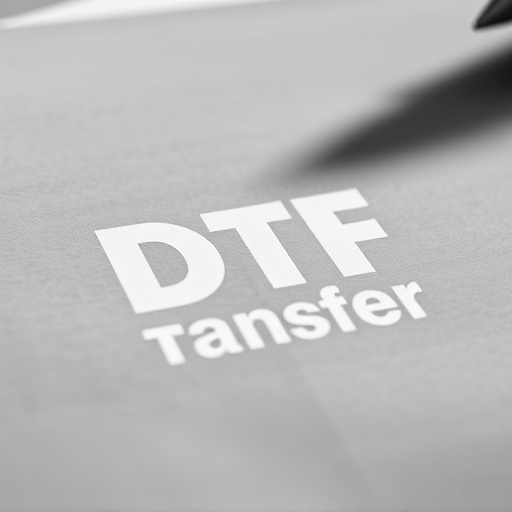
The preparation and surface treatment of light-colored garment materials are pivotal steps in ensuring the longevity of DTF Transfers and DTF Printing. Starting with a clean, smooth, and free-from-impurities surface is essential for optimal DTF adhesion. This often involves proper laundry to remove any manufacturing residues or contaminants that could hinder the printing process.
Additionally, implementing specific surface treatments can significantly enhance the durability of the final prints. These treatments may include priming the fabric with suitable coatings or additives that improve ink absorption and bond strength. By carefully addressing these initial preparation and treatment phases, you not only ensure higher-quality DTF Prints but also extend the lifespan of the garments, making them more resistant to fading, peeling, or other forms of damage associated with frequent washing and wear.
Creative Applications: From Fashion to Home Decor
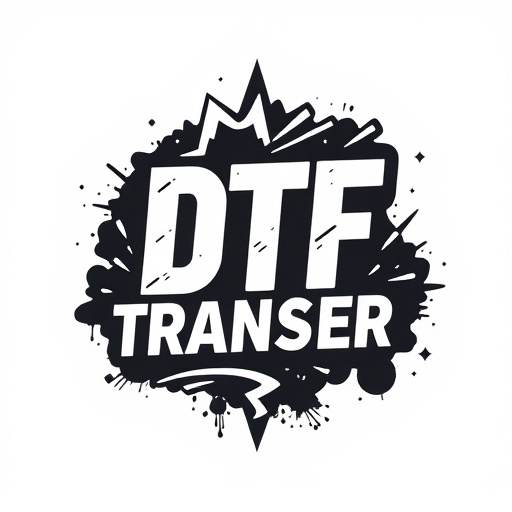
The versatility of DTF (Direct to Fabric) Transfers has opened up a world of creative applications far beyond traditional clothing. Fashion designers are embracing DTF Printing to adorn light-colored garments with intricate designs, creating unique pieces that stand out on the runway and in everyday wear. But the innovation doesn’t stop there; home decor enthusiasts are also harnessing the potential of DTF Transfers to transform plain linens, curtains, and wall art into works of art.
From fashion-forward T-shirts to stylish home accessories, DTF Prints offer an array of possibilities. The ability to apply detailed graphics and vibrant colors directly onto various fabrics has sparked a trend in custom design. Whether it’s a limited-edition capsule collection or personalized home goods, DTF Transfer technology enables creators to bring their visions to life with precision and speed, making it a game-changer for both industry professionals and hobbyists alike.
Sustainability and Future Trends in DTF Printing

The future of printing on light-colored garments is bright, especially with the advent of Direct to Fabric (DTF) transfer technology. DTF Printing offers a more sustainable approach compared to traditional methods, as it reduces waste and minimizes the use of harmful chemicals. By eliminating the need for intricate set-up processes and expensive equipment, DTF allows for efficient, on-demand printing, making it an eco-friendly game-changer in the garment industry. This technology is especially advantageous for small businesses and entrepreneurs who can now produce custom, high-quality prints without the usual overhead costs.
As consumer awareness of environmental issues continues to grow, so does the demand for eco-conscious products. DTF Transfer takes center stage in meeting this demand by providing a versatile and cost-effective solution. The trend towards sustainable practices is expected to drive further innovation in DTF Printing, resulting in improved ink formulations, enhanced print quality, and expanded material compatibility. With its ability to deliver vibrant, long-lasting DTf prints on a variety of light-colored fabrics, this technology promises to shape the future of personalized apparel and accessories, catering to the needs of environmentally conscious consumers worldwide.








